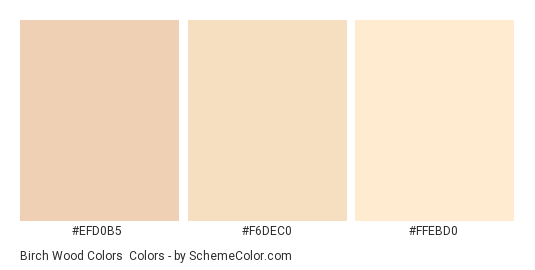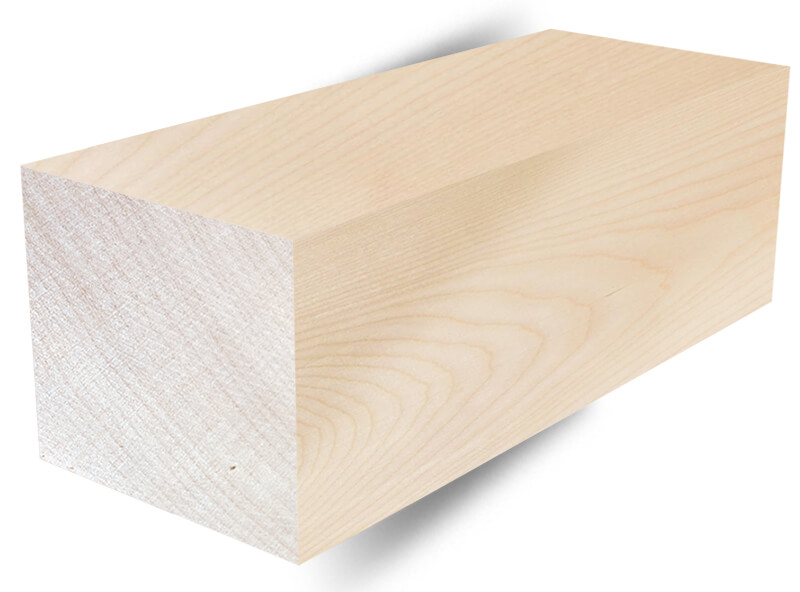Understanding Birch Color: Exploring its Definition and Applications
Colors play a vital role in our daily lives, evoking emotions, setting moods, and influencing our perceptions. One intriguing color often mentioned is "birch." In this article, we will delve into the concept of birch color, examining its definition, characteristics, and various applications across different industries.
1. Defining Birch Color:
Birch color refers to a specific shade or range of colors that resemble the appearance of the bark of a birch tree. It is often described as a pale, creamy off-white or a light, yellowish-white hue. Birch color can also incorporate subtle undertones of gray or beige, reflecting the natural variations found in birch tree bark.

Birch Color
2. Inspiration from Nature:
The birch color palette draws inspiration from the beauty of birch trees, which are known for their striking white bark. The color captures the essence of these trees, evoking a sense of calmness, purity, and elegance.
3. Characteristics of Birch Color:
Birch color possesses unique characteristics that distinguish it from other off-white or light-toned shades. It is typically soft, understated, and neutral, making it a versatile color choice for various design applications. Birch color is often associated with notions of simplicity, sophistication, and natural beauty.
4. Variations and Complementary Hues:
While birch color is commonly associated with a pale off-white tone, it can exhibit subtle variations. Some variations may incorporate hints of yellow, gray, or beige undertones, giving it added depth and versatility. Complementary hues that pair well with birch color include soft blues, greens, and earthy tones, creating harmonious and balanced color schemes.

Birch Wood
5. Interior Design Applications:
In interior design, birch color finds widespread use due to its versatility and soothing aesthetic. It serves as an excellent choice for wall paints, furniture finishes, and decor accents. Birch color creates an atmosphere of elegance, simplicity, and serenity, making it suitable for a range of design styles, from modern and minimalist to rustic and Scandinavian.
6. Fashion and Textile Industry:
Birch color has also found its way into the fashion and textile industry, appearing in clothing, accessories, and fabric designs. Its soft, neutral tones make it a popular choice for creating timeless, understated looks. Birch-colored fabrics and garments often exude a sense of sophistication, lending themselves well to both casual and formal wear.
7. Graphic Design and Branding:
In graphic design and branding, birch color can be employed to convey specific messages and evoke particular emotions. Its association with nature, purity, and simplicity makes it an ideal choice for brands seeking to communicate these qualities. Birch color can be incorporated into logos, packaging, and marketing materials to create a cohesive and visually appealing brand identity.
8. Birch Color in Art and Photography:
Artists and photographers often use birch color as a means of capturing the essence of nature and infusing their work with a serene and timeless quality. Birch color can be utilized in paintings, drawings, and photographs to evoke a sense of tranquility, emphasize texture, or create subtle tonal variations.
Birch color, inspired by the beautiful bark of birch trees, encompasses a range of pale, creamy off-white tones with subtle undertones of yellow, gray, or beige. It is a versatile color choice that finds applications in various industries, including interior design, fashion, graphic design, and art. Birch color's association with simplicity, elegance, and natural beauty makes it a popular choice for creating soothing and timeless aesthetics. Whether used in home decor, fashion, branding, or artistic endeavors, birch color adds a touch of sophistication and serenity to any visual composition.